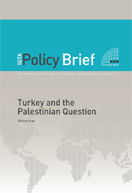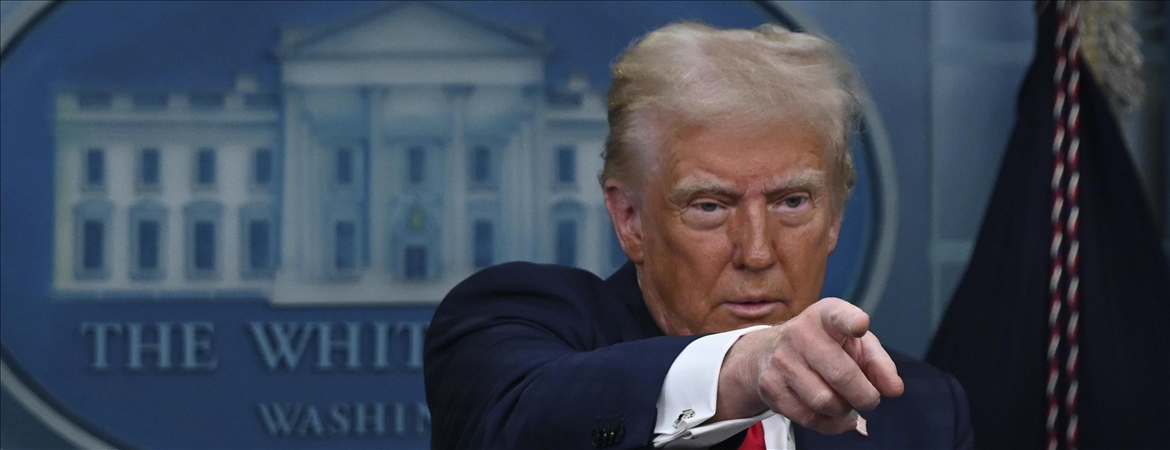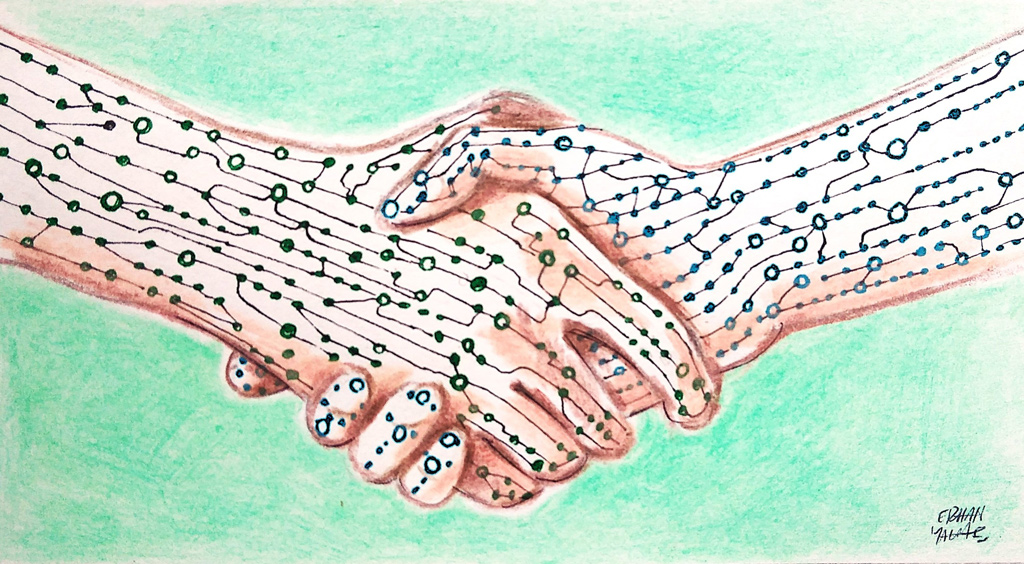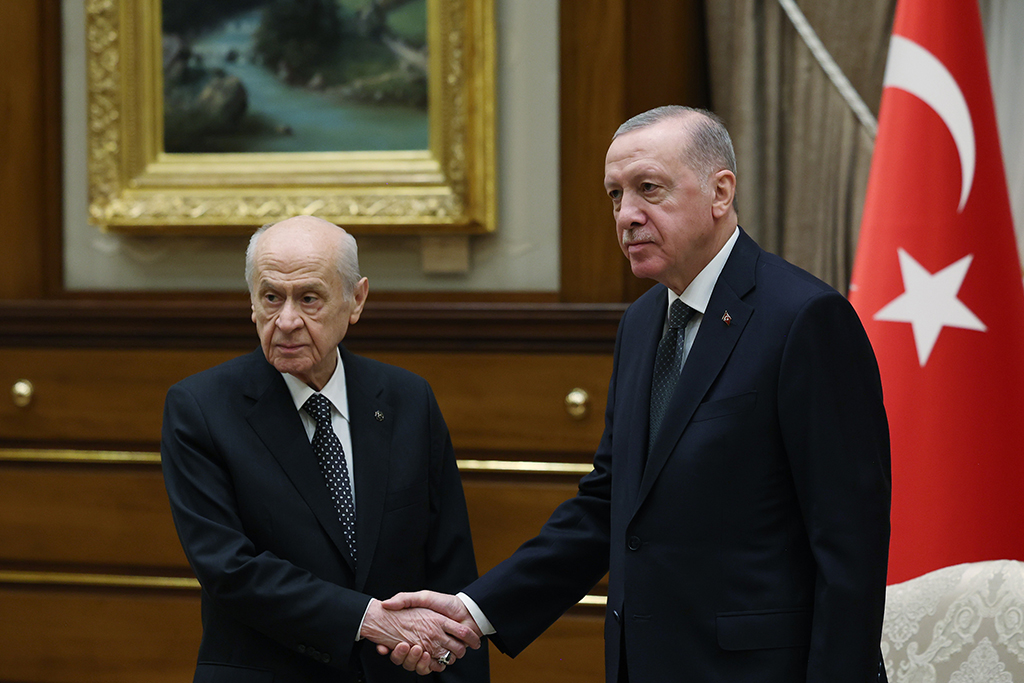After the collapse of the Soviet Union, a Turkish world from the “Adriatic Sea to the Chinese Wall” became a new topic of discussion in Turkish policy circles. While Turkey tried to develop close political, economic and cultural relations with the newly independent Central Asian Republics, the mid and late 1990s witnessed a steady decline in the relations and failed to produce any concrete results. With its new foreign policy outlook, Turkey is seeking to increase its field of sphere in Central Asia by revitalizing its efforts to reconnect with the sister Turkish states. Security, economic cooperation, energy and civil society initiatives are the new dynamics of the Turkish-Central Asian relations.
Turkey was among the first countries to recognize the Central Asian republics immediately upon their independence in the early 1990s. The emergence of sister states, sometimes called the “Turkic republics” including Tajikistan, precipitated an outbreak of excitement in almost all political wings in Turkey. A Turkish world from the Adriatic to the Chinese wall became a new topic of discussion in Turkish policy circles and the media. The shift from enthusiastic and sentimental policy attitudes to a more realistic and constructive policy line toward Central Asia, however, has not been smooth and easy and still has a long way to go.
Background Apart from the excitement, there were other reasons for the interest caused by reunion with Central Asian peoples, from whom Anatolian Turks had long been separated. After the dissolution of Soviet Union, the immediate perception of Turkish policy makers was that Turkey’s strategic value was in decline for the U.S. Moreover, Turkey’s full membership application to the EU had been rejected. There was a search for a new foreign policy. The Black Sea Economic Cooperation (BSEC) and renewed focus on Economic Cooperation Organization were part of Turkey’s new identity search.
In the mean time, the idea that the collapse of the Soviet Union brought about a “power gap” on former Soviet territories -- an idea given credence by U.S. think tanks – gained immediate worldwide recognition. This school of Thought argued that Iran was going to fill in this power gap in Central Asia, thereby becoming a regional center of power. The idea that there would be a major power struggle between the Russian Federation, Iran and Turkey began to circulate from research reports to comments by state officials.
As an attempt to counter Iranian role, the new “Turkish Model” was presented to the Central Asian states. The idea behind the promotion of this model was that Turkey’s secular and democratic political structure and its free market economy would set an example for the newly emerging republics. Thanks to the late President Turgut Özal’s dynamic approach to Turkey’s foreign policy, political and economic relations were established with the Central Asian Republics. The West’s offer of Turkey as a new model meant the recognition of Turkey’s Western identity in the aftermath of the Cold War era. The great enthusiasm generated by the feeling of proximity to these sister states led to promises which Turkey would not be able to keep in due course. The economic crises in the country in the 1990s and in 2001 prevented Turkey from deepening its economic ties in the region. Turkey’s interest in Central Asian countries also saw a rapid decline from the second half of the 1990s.
These years, namely the second half of the 1990s, when Turkey turned into itself, emerged as years of loss in the country’s foreign policy. Central Asia, a meaningful zone of security in the minds of Turkish foreign policy makers, ended up as a region getting farther from Turkey. The only successful initiatives launched in these years were made by small and medium-sized enterpri









